Teaching the New Tools of Monetary Policy
Resources for teaching the Fed's monetary policy tools in an ample-reserves framework.
{{searchResultSnippet}}
 Back to All
Back to All
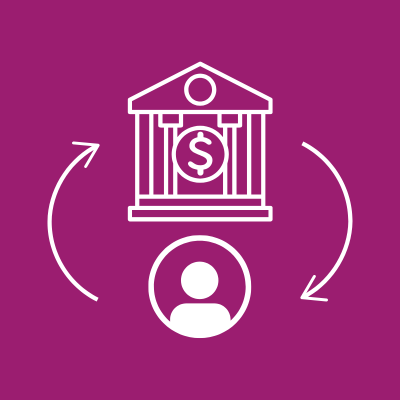
This video assignment discusses the structure of the Federal Reserve System. Hear about the roles of the Board of Governors, the 12 Reserve Banks, and the Federal Open Market Committee.
We've talked about the Federal Reserve as our decentralized central bank. And, you know that part of that decentralization is that the Fed has 12 regional Reserve Bank's spread throughout the country, but there's more to it than that. Right. The Federal Reserve is made up of three major parts: the Board of Governors, those Reserve Banks we talked about, and the Federal Open Market Committee. As we take a closer look at that structure, you'll see that it's a blend of parts that are decentralized and parts that are centralized -- like the Board of Governors. The Board of Governors, in Washington, oversees the Federal Reserve system. There are seven members including the chairman. Members of the Board of Governors are appointed by the President of the United States and confirmed by the Senate. They serve 14-year terms of office. Specifically, the Board of Governors oversees the Federal Reserve system and is part of the process for making monetary policy, part of the process for making the regulations and and supervisory decisions that the Federal Reserve makes to try to preserve a stable financial system. Our country is vast and different regions of the country have different economies. Because of that, each of the 12 Reserve Banks is different. Each reflects the economy and points of view of its region and many of these Reserve Banks have branches, too. We provide services to the banks in a region, we supervise and regulate those banks, and lastly, we are deeply involved in our regions in terms of economic development and community development. That can't happen from one central point. The diversity of the 12 regional banks is the strength of the Federal Reserve System. Staff members stay in touch with local business people and other folks in their communities and they listen to their concerns. This is how we help small companies. Each Reserve Bank has a nine-member board of directors. Three directors are bankers. The other six directors are citizens who work outside banking. Six directors are elected by member banks in the district. The other three directors are appointed by the Board of Governors in Washington. Of the three directors appointed by the Board of Governors, one will serve as chair and one will serve as deputy chair of the board. The Federal Open Market Committee known as the FOMC is the group within the Fed that sets monetary policy. The seven members of the board of governors and all 12 Reserve Bank presidents, including those who aren't voting members, attend FOMC meetings. Though they all participate in the discussions of the economy and policy options, only the seven members of the board of governors and five of the 12 Reserve Bank presidents are voting members at any one time. One of the five voting presidents is always the President of the Federal Reserve Bank of New York. The other Federal Reserve Bank presidents vote on the FOMC on a rotating basis. The Federal Open Market Committee is a group that has been charged with making decisions about the stance of policy, and it consists of the governors who serve on the Board of Governors and the 12 presidents of the Federal Reserve Banks, and of those 12, all attend, but 5 vote at any particular time. And the presidents, in particular, collect a great deal of information about business conditions and labor market conditions, economic conditions, financial conditions in their districts. When we meet, we go around the table and each person describes their perspective on the economy, and my job as chair is to try to find a concensus in the committee for what is an appropriate stance of policy for the day. One really important thing to remember is that though the Federal Reserve is in part a government agency it's independent within the government. To keep the Fed independent from political pressures, members of the Board of governors are appointed for very long terms -- 14 years. Also, elected officials and members of the President's administration can't serve on the board. Beyond that, the Federal Reserve doesn't get its funding through the Congressional budgetary process, which can be influenced by politics. Its funding comes mostly from interest earned on government securities it holds and the fees it charges for the financial services it provides. Monetary policy takes a long time to have its effects on the economy and actions we take today may not have their full effects for two or three years, or more, depending on the state of the economy. Whereas, politicians of course are always looking to the next election, which can be only a few months away, so it's really important that we not you know be influenced by those political considerations that we make our decisions based only on what's best for the US economy and only what's best in the longer term.
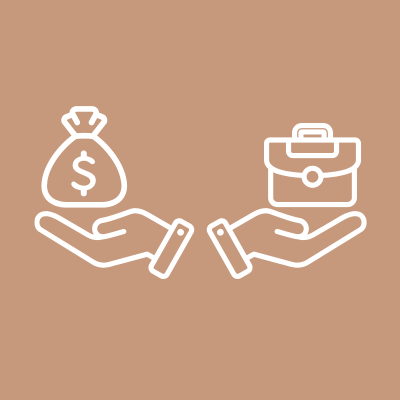
Teaching the New Tools of Monetary Policy
Resources for teaching the Fed's monetary policy tools in an ample-reserves framework.
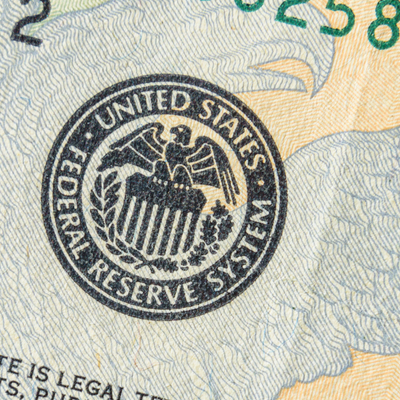
Making Sense of the Federal Reserve
Introduce the structure of the Federal Reserve and the basics of monetary policy.
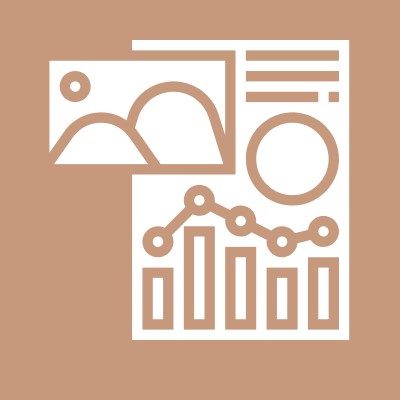
Fiscal & Monetary Policy
Define fiscal and monetary policy and highlight their differences.
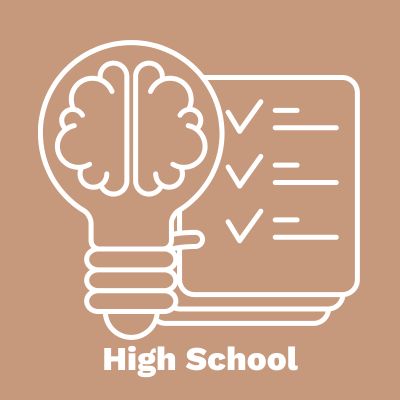
Lecture Guide: How the Federal Reserve Implements Monetary Policy
This lesson teaches how the Federal Open Market Committee (FOMC) conducts monetary policy.
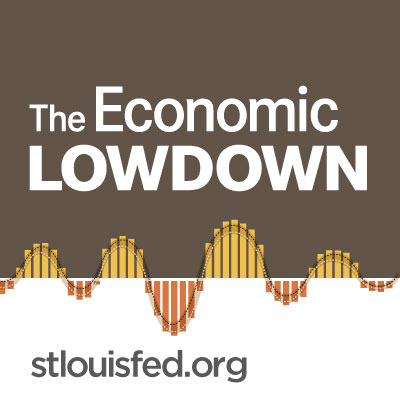
Econ Lowdown Podcast Series
21 Economics audio assignments for your classroom
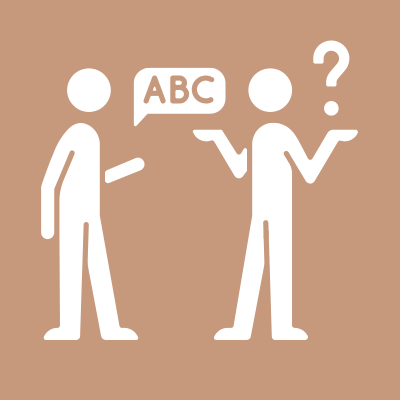
Jargon Alert: Helicopter Money
Learn about a tool to stimulate economies and fight deflationary pressures.
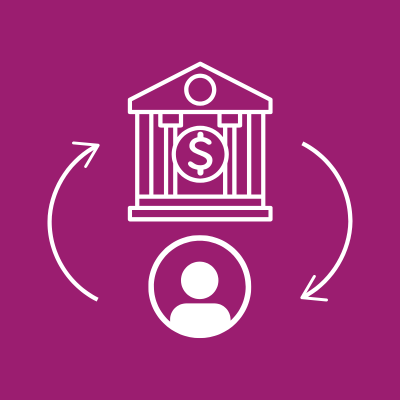
Boom Times and Bubbles: The Internet Age
Learn about the Monetary Control Act of 1980.

Central Banking
Learn the basics parts a central bank.

Creation of the Federal Reserve
Learn about banking panics, recessions, and depressions in the U.S. during the 1800s.

Inflation, Deflation, and Disinflation
Learn the differences between inflation, deflation, and disinflation.

Inflation, the Fed, and You
Learn what causes inflation.

Introduction to the Federal Reserve
Introduce the Fed’s three main functions.

Monetary Policy Fed and You
See how the Fed conducts monetary policy.

Money Versus Barter
Learn how money solves problems created by barter systems.

Price Stability
Learn the importance of price stability.

Stagflation in the 1970s
How did Federal Reserve Chairman Paul Volcker contain inflation, spurred economic growth, and reduced unemployment?
{{resourceTitle}}
{{resourceBlurb}}